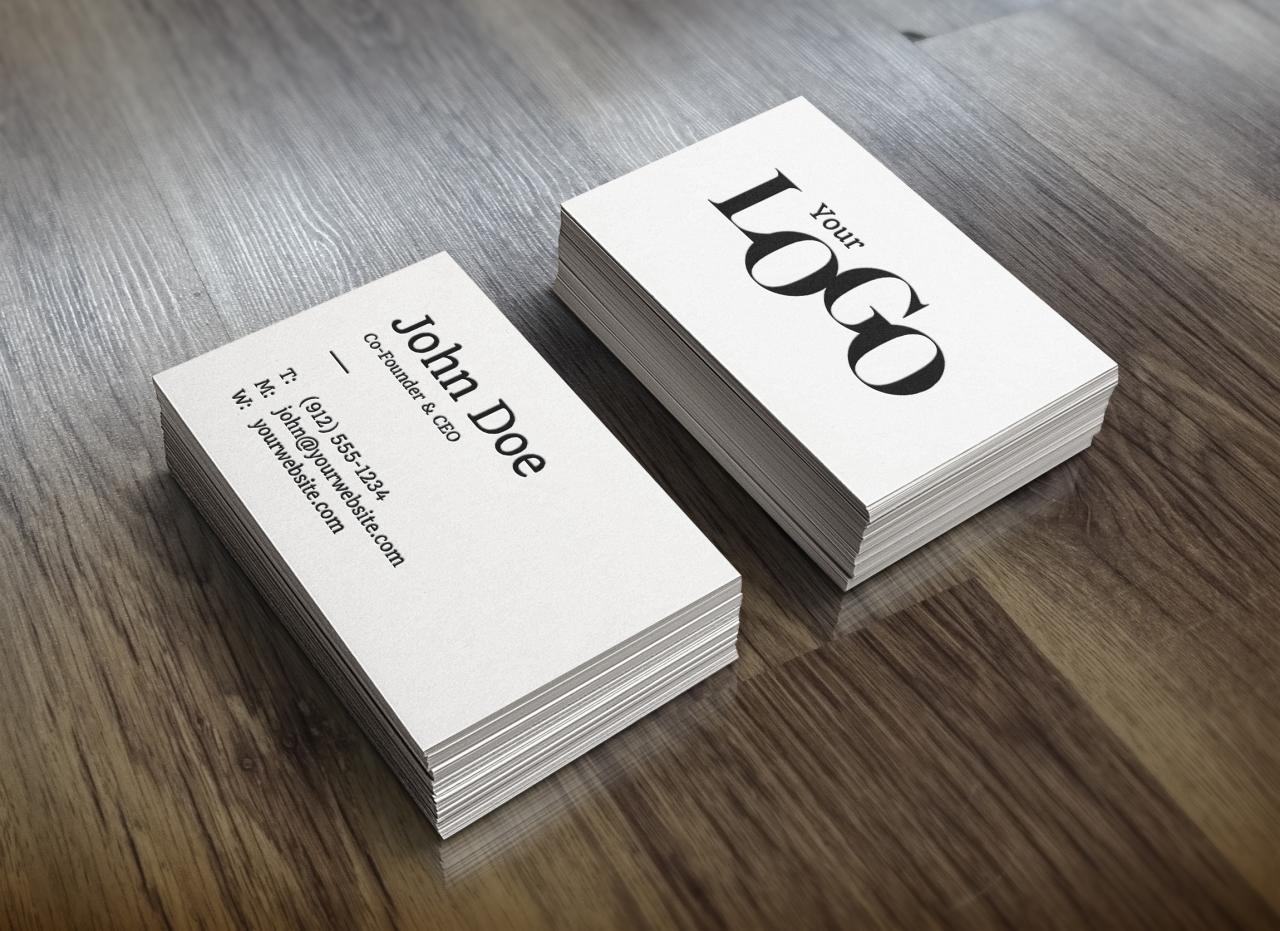
Mock-Up Cards: The Ultimate Guide
Introduction
Mock-up cards, also known as dummy cards or placeholder cards, are essential tools for UX designers, developers, and product managers. They provide a tangible representation of a product or service, allowing stakeholders to visualize and interact with the design before it is fully developed. By creating mock-up cards, teams can quickly iterate on ideas, gather feedback, and make informed decisions about product direction.
What are Mock-Up Cards?
Mock-up cards are physical representations of digital products. They typically consist of a card made of paper, cardboard, or plastic, with sketches, wireframes, or printed designs representing the user interface (UI) of the product. Mock-up cards can range in complexity, from simple sketches to detailed prototypes with interactive elements.
Benefits of Using Mock-Up Cards
- Tangible Representation: Mock-up cards provide a tangible representation of the product, making it easier for stakeholders to understand and visualize the design.
- Rapid Iteration: Mock-up cards allow teams to quickly iterate on ideas and test different design concepts. Changes can be made easily and without the need for complex software or coding.
- Early User Feedback: Mock-up cards can be used to gather feedback from users early in the design process. This feedback can help identify potential usability issues or improve the overall user experience.
- Communication Tool: Mock-up cards serve as a communication tool between designers, developers, and product managers. They facilitate discussions about design decisions and ensure everyone is on the same page.
- Cost-Effective: Mock-up cards are a cost-effective way to test and iterate on design ideas. They require minimal materials and can be produced quickly and easily.
Types of Mock-Up Cards
There are various types of mock-up cards, each serving a specific purpose.
- Sketch Cards: These cards feature rough sketches of the UI, capturing the basic layout and functionality. They are often used for brainstorming and early concept development.
- Wireframe Cards: Wireframe cards provide a more structured representation of the UI, outlining the layout, navigation, and content of each screen.
- Prototype Cards: Prototype cards are interactive mock-ups that allow users to experience the actual functionality of the product. They can include clickable buttons, drop-down menus, and other interactive elements.
- Mood Boards: Mood boards are a collection of images, colors, and other design elements that convey the overall aesthetic and feel of the product. They help set the tone and atmosphere of the design.
Creating Mock-Up Cards
Creating mock-up cards is a straightforward process that involves the following steps:
- Sketch or Design: Sketch or design the user interface of the product on paper or using a digital tool.
- Print or Cut Out: Print or cut out the designs and mount them on cards.
- Add Notes or Annotations: Add notes or annotations to provide additional context or explain design decisions.
- Create Interaction (Optional): For prototype cards, add interactive elements such as sticky notes or movable pieces to simulate user interactions.
Using Mock-Up Cards in Design Process
Mock-up cards can be used throughout the design process, from brainstorming to user testing.
- Brainstorming: Mock-up cards can be used to brainstorm ideas and generate multiple design concepts.
- Concept Validation: Mock-up cards help validate design concepts by testing them with users and gathering feedback.
- Prototyping and Iteration: Mock-up cards serve as prototypes for testing and iterating on design solutions.
- User Testing: Mock-up cards are used in user testing to evaluate the usability and user experience of the product.
- Documentation: Mock-up cards can be used to document the design process and communicate design decisions to stakeholders.
Best Practices for Using Mock-Up Cards
- Focus on Functionality: Prioritize the functionality of the product over the appearance of the mock-up cards.
- Emphasize User Flow: Create mock-up cards that represent the actual user flow of the product.
- Label Screens and States: Clearly label each screen or state of the product to avoid confusion.
- Provide Context: Include context around the design decisions, such as the target audience or use case.
- Keep it Simple: Avoid overloading mock-up cards with too much detail or information.
FAQ
Q: What materials can I use to create mock-up cards?
A: Paper, cardboard, plastic, or foam core can be used.
Q: What size should mock-up cards be?
A: The size of mock-up cards depends on the complexity of the design. Standard sizes include 3×5 inches, 5×7 inches, and 8.5×11 inches.
Q: How do I create interactive mock-up cards?
A: Use sticky notes, movable pieces, or digital tools to add interactive elements.
Q: How do I gather feedback from mock-up cards?
A: Conduct user testing sessions or ask stakeholders for feedback on the design and functionality.
Q: How long does it take to create a mock-up card?
A: The time required to create a mock-up card varies depending on the complexity of the design. Simple sketch cards can take as little as 15 minutes,





